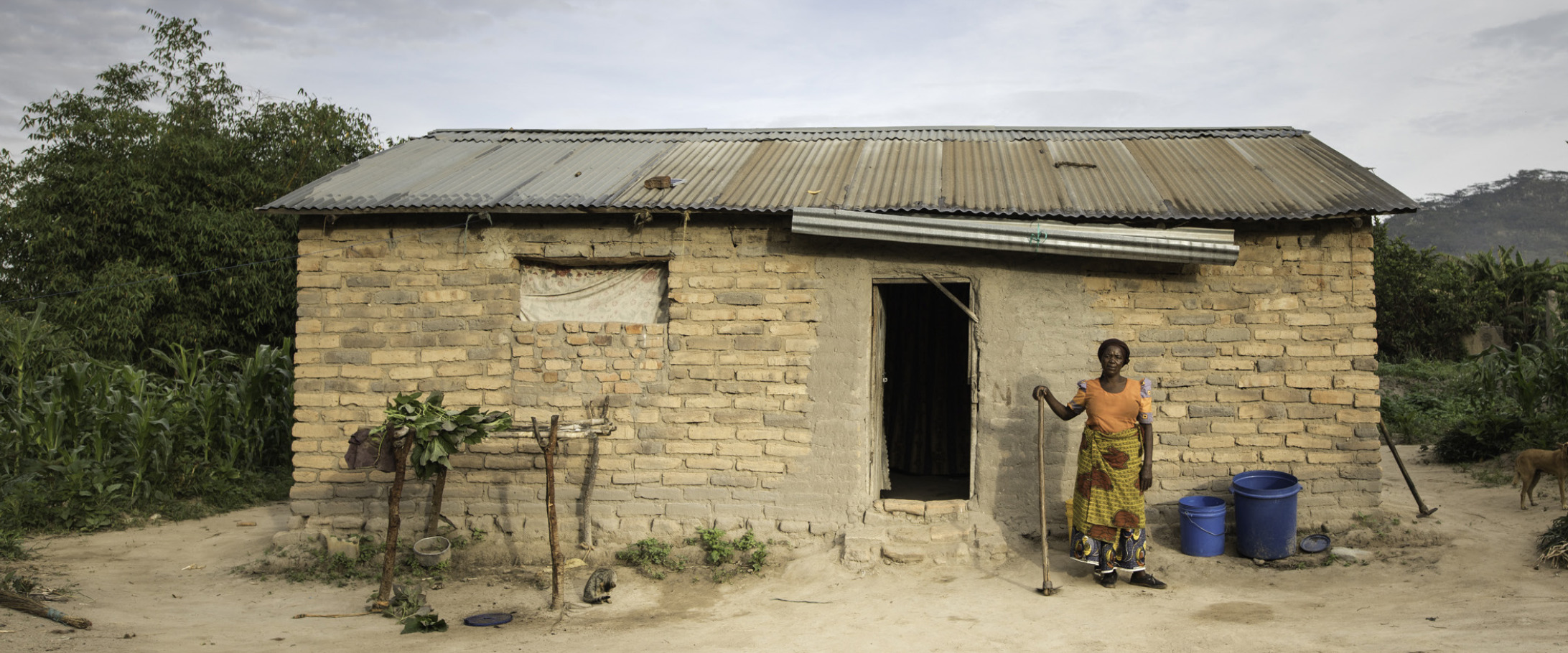[vc_row][vc_column][vc_column_text]by Elizabeth Cowan, CARE Australia’s Asia Pacific Team
 Keolatsamy has worked for CARE for three years, in Dak Cheung district on the southern end of the Laos/Vietnam border. It is not an easy place to work. It’s one of the poorest districts in Lao PDR, the weather is cold and drizzly and the main street’s red dirt road is wide and empty.
Keolatsamy has worked for CARE for three years, in Dak Cheung district on the southern end of the Laos/Vietnam border. It is not an easy place to work. It’s one of the poorest districts in Lao PDR, the weather is cold and drizzly and the main street’s red dirt road is wide and empty.
After a full day of travel by air, ferry and treacherous roads, passing through mountains blemished with bomb craters from the Vietnam War, I arrived at CARE’s Dak Cheung office.
I love meeting the incredibly dedicated national CARE staff members who work so hard to implement our projects in challenging locations. Keolatsamy – a passionate young Lao woman who travelled away from her family to take up her role with CARE – is one of these people.
In her three short years with CARE, Keolatsamy has seen significant changes in the villages where she works.
‘When I first went to some of the villages, the living conditions were bad. Sometimes two families of around 14 people were living in just one small wooden house, and the people often didn’t have enough to eat. I thought, “How can people live like this?”‘
Keolatsamy told me her story as we walked in the fading sunlight through rice paddy fields – now dry after the recent harvest – surrounded on all sides by forest which provides an important source of wild foods for the ethnic minority communities who live there. CARE has worked with the local community to increase the productivity of the paddy fields and reduce the number of ‘hungry months’ in which households have run out of rice.[/vc_column_text][vc_single_image image=”11117″ border_color=”grey” img_link_target=”_self” include_caption=”yes” img_size=”large”][/vc_column][/vc_row][vc_row][vc_column width=”1/1″][vc_column_text]When I asked Keolatsamy what had happened in the villages to bring about the positive changes she has seen she tells me,
‘When I ask the villagers this, they tell me that it was CARE’s program that helped to change their lives’.
CARE’s Remote Ethnic Women program in Lao PDR establishes women’s groups which provide a safe space for women to discuss challenges that they face; equips communities with coffee mills (managed by women’s groups) that enable coffee-growers to sell their beans for a higher price; and provides nutrition training to women and men to reduce the high levels of stunting among children that is common among Laos’ ethnic minority communities.
Women in Laos, particularly in rural ethnic communities have a double burden of work within and outside of the household. They spend hours each day on menial physical tasks such as manually pounding rice and walking long distances to collect heavy loads of water and firewood. In many ethnic minority communities a woman who works hard, including in the late stages of pregnancy and soon after child-birth, is highly respected. Their husbands rarely help with these domestic chores.
This has a devastating impact. Girls are often pulled out of school to help their mothers at home, women’s health is put at risk, they often can’t participate in activities that could earn them an income, and they are unable to fully care for their children.
What I found most exciting during my visit to Dak Cheung was seeing the success of CARE’s work to address the underlying gender-based causes of poverty. Through participatory activities with women’s group members and their husbands, CARE is supporting families to redistribute household labour. Keolatsamy and her colleagues have seen husbands taking on a more active role in domestic tasks, including cooking, collecting firewood and caring for children.[/vc_column_text][vc_single_image image=”11118″ border_color=”grey” img_link_target=”_self” img_size=”large” include_caption=”yes”][/vc_column][/vc_row][vc_row][vc_column width=”1/1″][vc_column_text]A reduction in women’s workloads has been further enabled by the installation of water sources and mechanical rice-milling machines in villages, and the introduction of hand-carts for firewood collection. Women’s group members in one village I visited received and now manage a mechanical rice-mill. Men in these villages are now helping with the rice milling, demonstrating that men are often happy taking on tasks traditionally considered to be ‘women’s’ work once they become mechanised.
The women I met proudly showed me the vegetable gardens that they’re now cultivating in the time that they used to spend manually de-husking rice, and told me about the new incomes that they’re earning from the sale of these vegetables.
There is still plenty of work for Keolatsamy and her colleagues to do in Dak Cheung. But having seen the changes experienced by the villages I visited, Keolatsamy and I are confident that positive change can happen for neighbouring villages, too.
Read more about CARE’s work in Laos.[/vc_column_text][/vc_column][/vc_row]

